|
|
ADDRESS AT THE INAUGURATION OF KARSHIKA MELA AT THODUPUZHA, KERALA
18-12-2005 : Thodupuzha
Value Addition in Farming
I am delighted to participate in the inauguration of the Karshika Mela organised by the Gandhiji Study Centre at Thodupuzha. My greetings to the farmers, members of the NGOs, researchers, academicians and distinguished guests. I congratulate the farmers of Kerala and members of Gandhiji Study Centre in promoting intensive organic farming and also using special farming methods which will eliminate the use of pesticides in the farms for all products including coconut, herbs and spices. I would like to talk on the topic ?Value added Agriculture: Our Mission?.
Evolution of First Green Revolution
I was a young boy in Rameswaram during the post independent period. At that time I vividly recall the village community eagerly awaiting for the wheat ship to reach the Madras port so that wheat can reach the village by road. This was the main feeding force for the country in those days. The country used to have hardly a week?s reserve and any delay in the arrival of the ship would cause severe supply problems. This situation was prevalent till the early 60?s. The Green Revolution Programme was launched by Shri C. Subramaniam with the help of the scientists, entrepreneurs and the farmer community, particularly belonging to Punjab. In addition, what was needed was a good water management system, availability of high quality seeds, good storage facility and proper distribution mechanism. These facilities were provided by the Government through its various development schemes. This has led to intensive agriculture in the State which produced a substantial amount of food grains and liberated us from the situation of what is called ?ship to mouth existence?. As part of this first green revolution, the country has been able to produce 200 million tonnes of grains per year. But farmers earning capacity is reducing. Hence it is essential to add value to agricultural produce through agro food processing so that farmers? earning capacity can increase. The 2nd Green Revolution includes agro food processing.
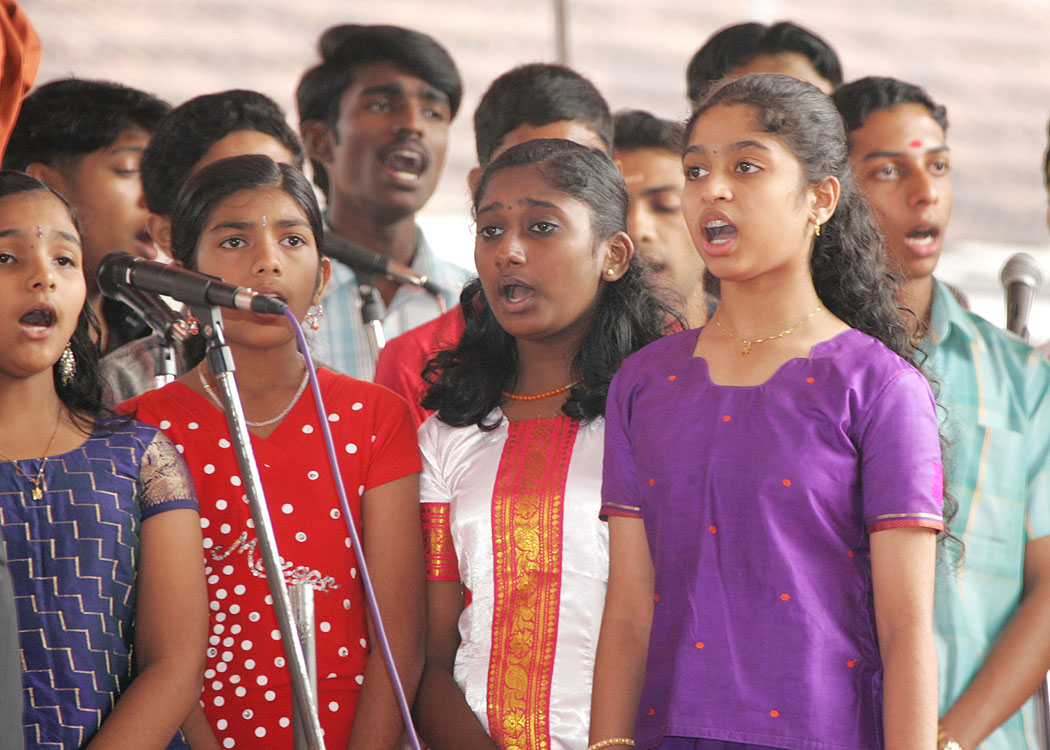

Second Green Revolution
Now is the time for India to embark upon the Second Green Revolution which will enable it to increase its productivity in the agricultural sector. The production of cereals needs to increase from the present 200 million tonnes to 400 million tonnes by 2020 in view of population growth. But the requirement of land for the increasing population as well as for greater afforestation and environmental preservation activities would demand that the present 170 million hectares of arable land will have to be brought down to 100 million hectares by 2020. In addition the water availability will be reduced and the people working on the farms will also come down. All our agricultural scientists and technologists have to work with the farmers for doubling the productivity of the available land with these constrains. The type of technologies needed would be in the areas of biotechnology, proper training to the farmers, additional modern equipments for preservation and storage etc. The second green revolution is indeed graduating from grain production to food processing and marketing as visualized by the late Shri C Subramaniam. While doing so, utmost care should be taken for various environmental and people related aspects leading to sustainable development. In the 2nd Green Revolution farmers should be encouraged to adopt precision farming techniques which will enable them to produce high quality products consistently and compete in the international market. Now I would like to discuss about value addition to some of the cash crops of Kerala.
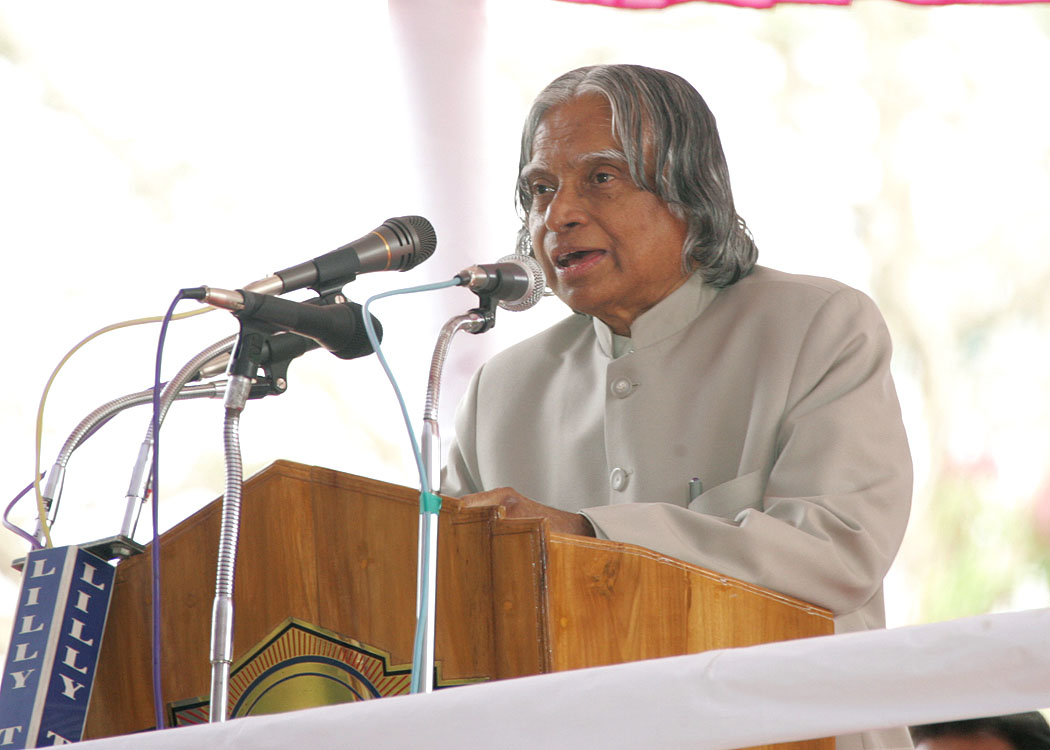

Value addition to Rubber, Tea, Coffee, Spices, Coconut and fruits
Kerala has been traditionally producing rubber, tea, coffee, spices, coconut and fruits for several years. But over the years many other countries are also producing these commodities and intense competition is being faced by the growers. There is a need to inject technology and innovation to have continuous growth in productivity. Also there is a need to find value added diversified products from the various produce suiting the needs of the customers. For example the average yield of rubber is around 1700 kg per hectare. In the competitive environment this yield will provide just around one lakh rupees to the grower. R&D institutions located in Kerala such as Rubber Research Institute in partnership with other global sources and rubber growers and rubber users should develop new varieties of rubber which can provide double the yield in a prescribed time frame. Also the research institutions can suggest certain types of shade tolerant crops which can grow in the rubber gardens leading to generation of additional revenue to the farmers. Bee keeping is another area which can be done as part of the rubber growing activity. Similarly innovative uses of tea, coffee, coconut and value added fruits and its by-products should be developed by respective research institutions and the growers which will enable the farmers to face the international competition and generate higher level of wealth for the state. Now I would like to take up the topic of Water Management.


Water management
The overall availability of water is continuously reducing and many of our fields are dependent on timely arrival of good monsoon. It is high time we have an overall water management plan for conservation of water, preparation of water shed schemes, rainwater harvesting and repeated water re-cycling. These measures will prevent loss of a crop by using the harvested water for nursery development and delaying transplantation in case of late arrival of monsoon. Moreover, emphasis is required to be given on the effective utilization of available water, not only by the farmers but also by all the citizens. Local government bodies dealing with the supply of water have to play a vital role in effective and equitable distribution of water to all the members of the village community. Apart from this, farmers can adopt dry land cultivation schemes developed by research laboratories such as ICRISAT, Hyderabad. I understand that low cost water harvesting facility has been created by Gandhiji Study Centre.This knowledge must be made available to different parts of the country especially Rajasthan, North East Region etc.
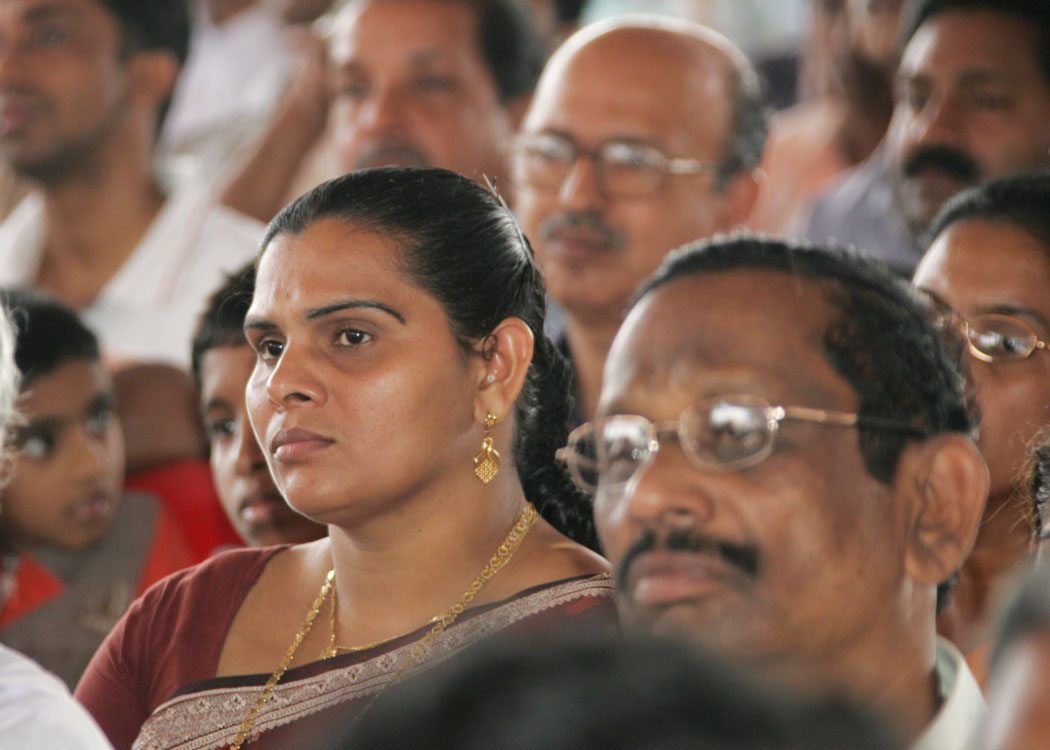

Innovation in agro-processing
There is a need to examine the products which are demanded by the new life-styles of the modern generation. For example, special type of corn is required for making corn flakes and unique potato crop for making wafers. Hence farmers are required to take the demand of the end processed product into account while selecting the crop. Government agencies should facilitate dissemination of such information for enabling the farmers to get better value for their increased output.
The agro-processing industry has to take into account the retention of the nutritional value, possible side effects due to the use of additives and preservatives for increasing the storage life and aesthetic, eco-friendly and cost effective packaging. In addition the agriculture and agro-processing industry in India have to master many new standards and perceptions for cleanliness, generally described as phytosanitary requirements.
Farmers can realize better value from the agricultural residue by paying special attention to its usage into organic farming and making value added products out of it before disposal.
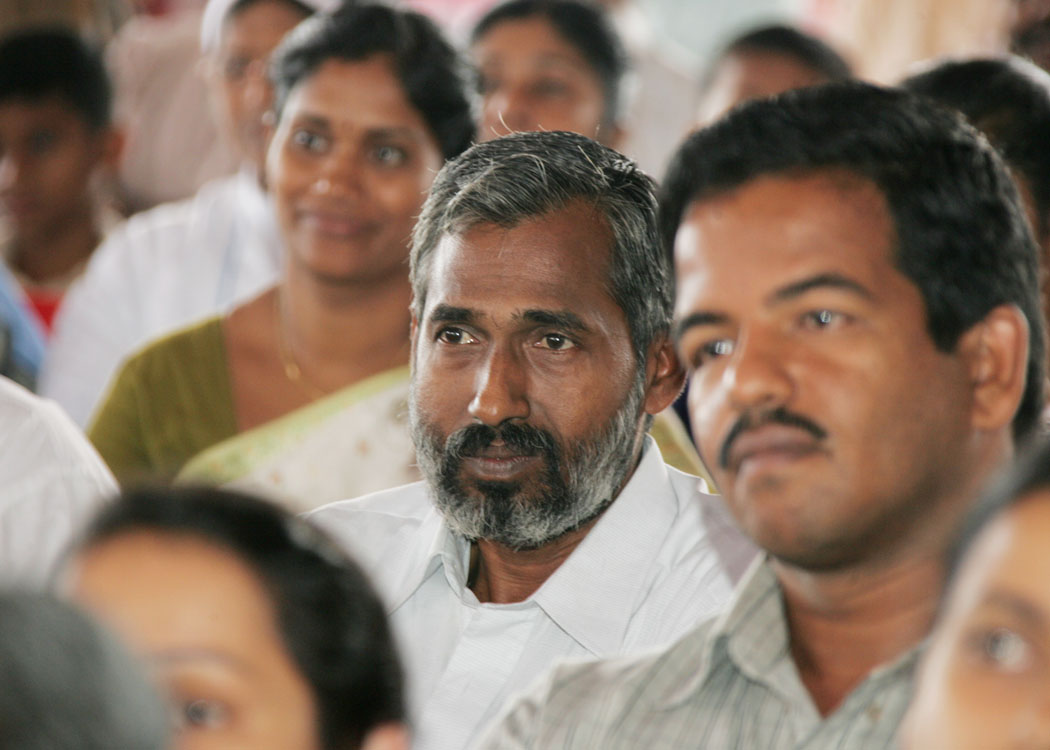

Unique farming experience
I would like to share with you an experience of one of the farmers in Haldwani district in Uttaranchal. He grows dwarf Papayas, mangoes, soyabeans, ginger, flowers such as gladiolas, coronation and marigold and also few medicinal plants. This is done through total organic farming and use of vermi-compost. The method of multi-cropping such as simultaneous growing of Papaya and ginger and rotation of different crops during different seasons lead not only to continuous utilization of the land throughout the year but also rejuvenation of the soil characteristics. Apart from this, he produces organic milk by feeding organically grown fodder to the cattle. To maintain the soil quality, he ensures that the weeding is done manually. The overall economics of this type of farming results in generation of 500% increase in the income for the same area using conventional methods. I would also like to mention the experience of Bihar farmers. Intensive training was given to the farmers by renowned scientists which included use of genetically modified of seeds to suit the soil, right type of fertilizer and proper water management and also the importance of when to sow the seed. Many cooperative societies were activated for seed, fertilizer supplies and water management. This experiment resulted in to 6 tonnes yield from 2 tonnes. Approach to such innovations will vary as different types of farming techniques would suit different types of soil and agro-climatic conditions.
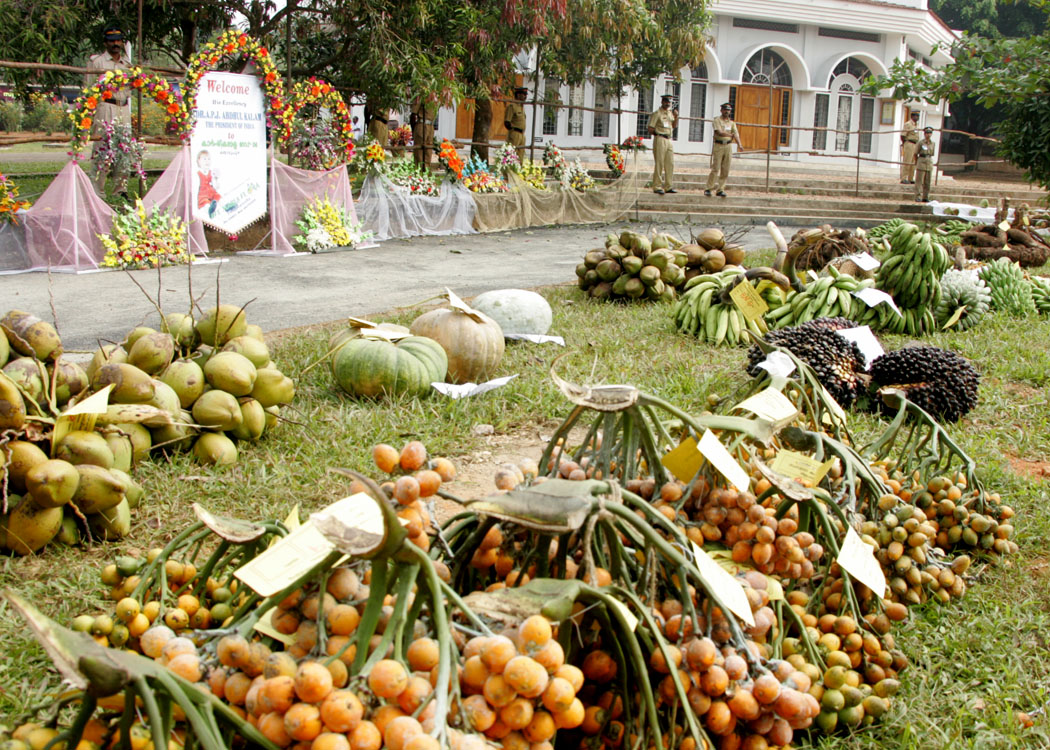

Role of Information Technology
Information Technology should be used for maintaining an updated and enriched database of region specific agricultural information and timely dissemination of the information pertaining to soil enrichment, seed selection, actions relating to arrival of monsoon etc. to the farmers. In addition, information regarding agricultural product preferences ? both national and international, demand-supply status in respect of different products and the current price should be made available on-line to the farmers for taking timely decisions on crop product diversification strategies and positioning of the same in right market to get optimum revenue. The grass-root level democratic institutions should take the lead in central acquisition of the latest information using IT as a tool and make it available to the farmers.
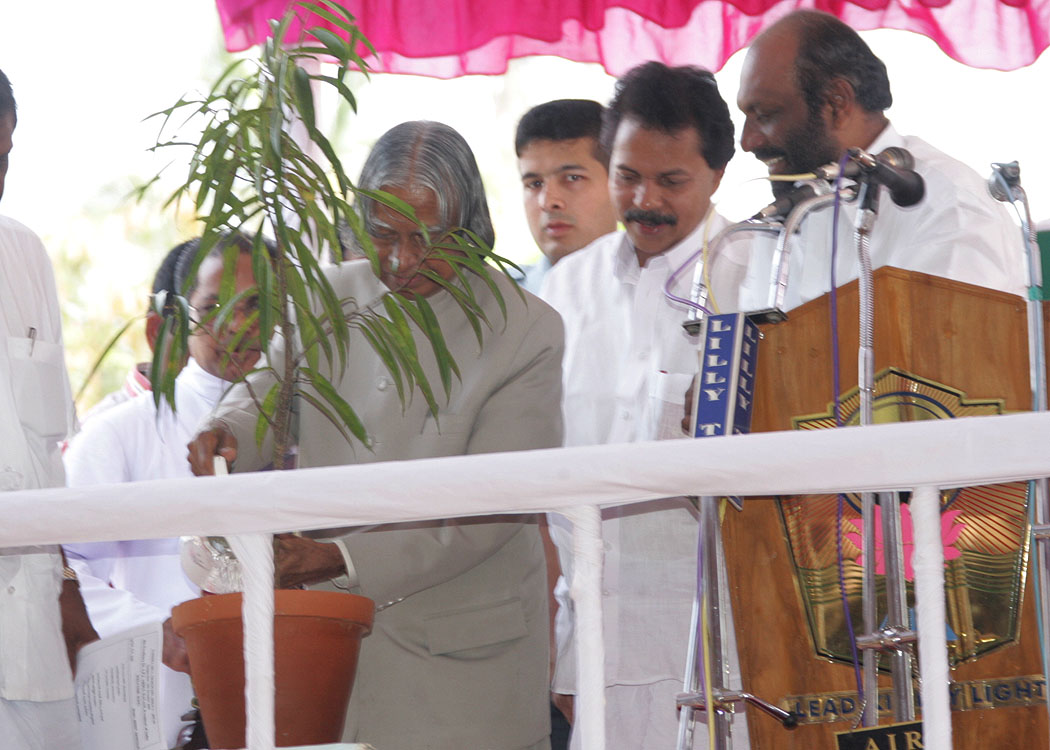

Conclusion
I find, whenever the users, knowledge and skill possessors and implementers are linked and networked, success comes effectively and multiplies. As it is said, a networked resource can lead to a faster development. To reach from the GDP growth of 7% to 10% rates we need such innovative steps. Friends, ignition of young population of any country, is one of the important resources. Kerala possesses this in plenty. Kerala has natural resources in all key sectors. Kerala is number one in the Human Development Index and has a good knowledge base. Networking is crucial to realise the full potential of the state. Karshika Mela of this type enables networking of all the stake holders for mutual support and overall prosperity.
With these words, I inaugurate the ?Kerala Karshika Mela 2006?. My best wishes to the organisers and farmer friends for success in their mission of increasing the agricultural productivity of the state and make the products nationally and internationally competitive.
My best wishes to all of you. May God bless you.
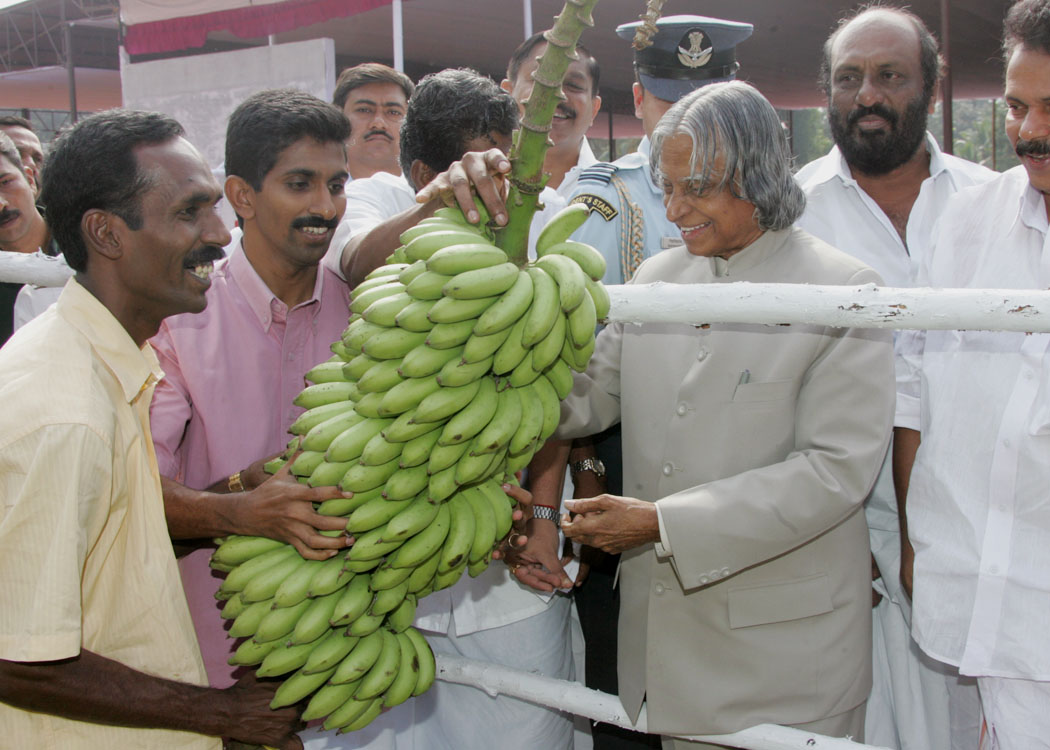
<<Back
|
|